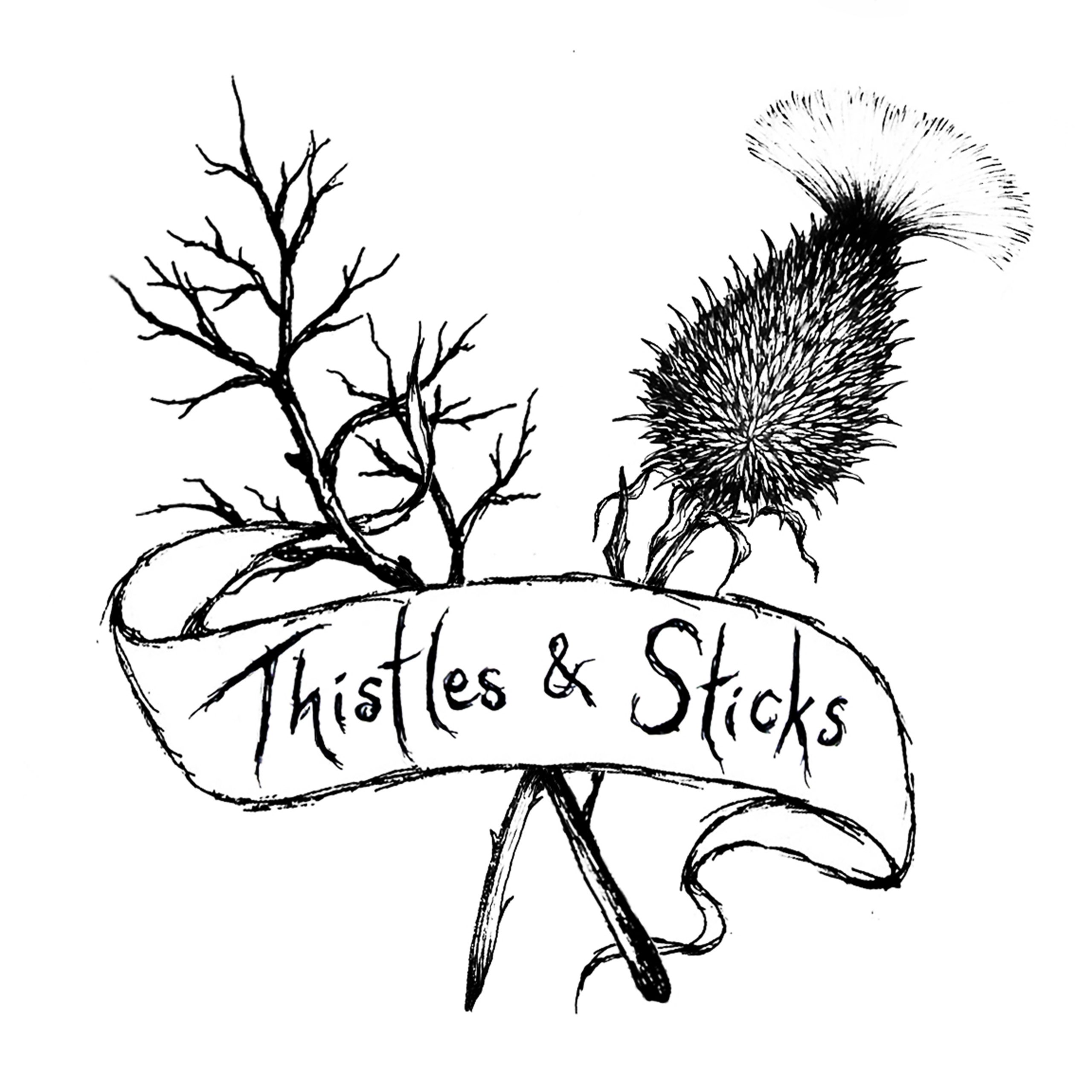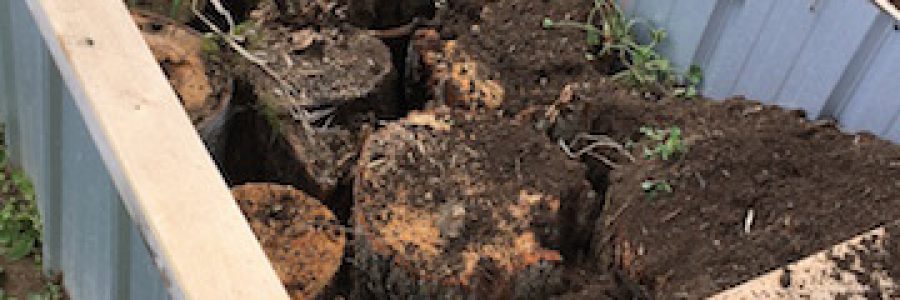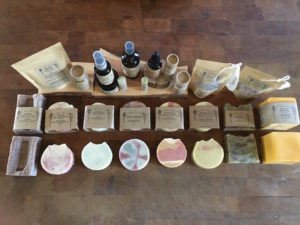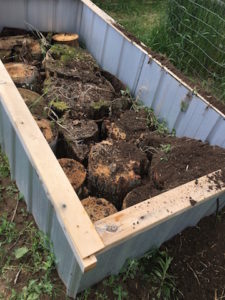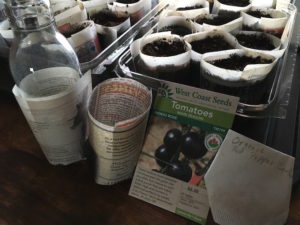As I am getting older, it is becoming more apparent the need to `smart garden’ – to garden with less impact on the knees and back!
This past winter I was doing some research on different raised gardens. I checked the pros and cons of each method and what they had to offer.
I read countless articles and watched videos and the one I kept seeing over and over was Hügelkultur – a German word pronounced Hoo-gul-culture, which means hill culture or hill mound. It’s literally a raised garden bed that is built from the bottom up. This is actually a permaculture technique. This process is like the forest floor where felled trees and debris are buried over time then the decaying process begins to eventually become a new growing place full of nutrients. I fell in love with this idea.
This concept of gardening seemed so inspiring, simple and logical to me. Recycling at its best by using parts of our surroundings that provides us with debris, leaves, fallen tree limbs, grass, logs, sticks and branches, wood chips, grass clippings, manure, leaves and more. This makes for raised garden beds loaded with organic material and nutrients for the roots of what you plant. As the years pass, the soil of your raised garden bed becomes incredibly rich and loaded with soil life. As the wood shrinks and starts to decompose, it will slightly warm your soil giving you a longer growing season. It also holds water so less watering is needed. We are on a well so using less water is paramount.
Where the original concept was actually making mounds of debris – following the same process, I have chosen an actual raised garden using galvanized panels for the structure. These panels were end cuts repurposed from another job. My husband reinforced the containers with used 2×4’s that were ripped to suit the size he needed. Each unit was tamped into the ground for stability. Now the fun can begin!
We gathered old logs from the property and placed them in the containers upright, not lengthwise because when the decaying begins, the garden won’t start to fold in on itself. We then began to fill with some sticks and debris, until it was at a level that seemed suitable to add the compost/soil mix.
After a crazy, dry, warm spring, with a snow/frost mix after our typical May 24th weekend – which is typically our benchmark to plant, we are finally ready to plant.
I am very excited to actually get my hands in the soil and start planting. I started some plants indoors but now I can plant the beets, carrots, kohlrabi, onions, and so much more.
I am so fortunate to have an additional garden that we made last year to `rest’ our current garden. It is not raised but it has so many wonderful plants – nutritional plants, like self-heal, yarrow, plantain, lungwort, mullein, violets, sage, lemongrass,madder root and rhubarb. This year I have chickweed, winter savory – larger version of the wonderful summer savory, orange balm – like lemon balm and cardinal basil. Some of these plants are infused in my soaps and beauty products.
A word of caution when choosing this method – do not use grass or lawn debris that’s had pesticides, do not use parts of the cedar, pine, black locust, cherry or black walnut trees.
There is a fabulous video on this way of gardening on: How To Hügelkultur AMAZING Grow Method For Raised Beds Vegetable Gardens – Organic & Cheap
Some of the products that use our plants are: Satin Sunrise' apple cider vinegar soap, Soothing Skin Salve', Sunset' Face Serum,After Mask' Face Care, `Mountain Mint‘ Tooth Powder, to name a few.

